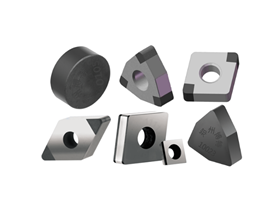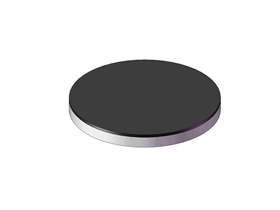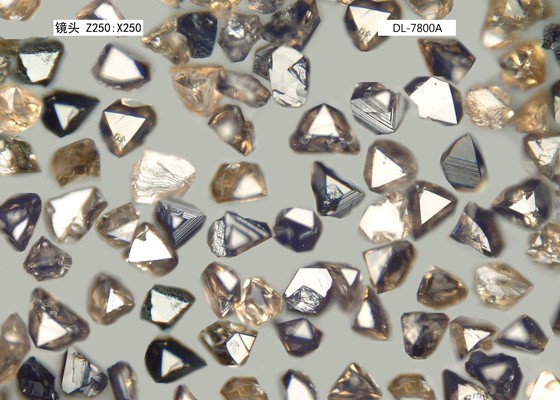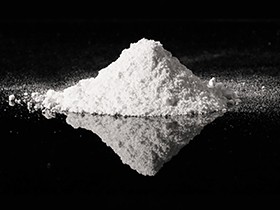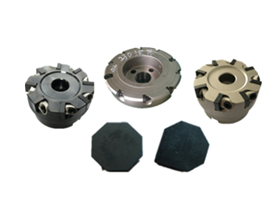I. Introduction
Cold work hardening is a phenomenon that cannot be ignored in the field of metal material processing.Whether in the traditional machinery manufacturing, or in the modern advanced manufacturing industry, it is of vital significance to understand the cold work hardening and its impact on cutting processing to improve the processing efficiency, ensure the processing quality and reduce the production cost.With the manufacturing industry towards high-precision, high-efficiency and high-performance direction, in-depth study of the complex relationship between cold work hardening and cutting has become one of the key issues in the field of materials processing engineering.
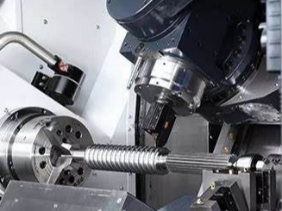
Second, the nature of cold work hardening
Cold work hardening, also known as cold work hardening or work hardening, is a kind of microstructure and performance evolution process that occurs when metal materials undergo plastic deformation at room temperature.From the microscopic level, when the metal is subjected to external plastic deformation, its internal grain structure changes significantly.The original regularly arranged grains begin to deform through slip, twinning and other deformation mechanisms.Slip refers to the relative sliding of atomic layers within the grains along specific grain surfaces and grain directions, while twinning is a uniform shear of one part of the grain relative to another part along certain grain surfaces and grain directions under specific conditions.
During these deformations, the grains are gradually elongated, distorted or even broken, and the dislocation density increases dramatically.Dislocations are a kind of defects in the arrangement of atoms in crystals, which are continuously generated and moved during plastic deformation.As the degree of deformation increases, the dislocations are entangled and interact with each other, forming a complex dislocation network structure.This dislocation network is like a barrier that hinders the movement of subsequent dislocations, making further plastic deformation of the metal more and more difficult.From the macroscopic performance performance, that is, embodied in the strength and hardness of the metal significantly higher, while the plasticity and toughness of the corresponding decline.For example, after cold rolling processing of steel plate, its yield strength and tensile strength compared to the original state will have a significant increase, while the elongation will be reduced, this change directly affects the steel plate in the subsequent processing of machinability.
Third, the impact of cold work hardening on the cutting process
(A) cutting force
In the cutting process, cold hardening has a direct and significant impact on the cutting force.Due to the cold hardening of the hardness of the workpiece material increased significantly, the tool in the cut into the workpiece when facing greater resistance.When the tool comes into contact with the hardened workpiece surface and attempts to remove the material, it needs to overcome the higher interatomic bonding forces caused by changes in the internal dislocation structure of the material.
In the case of turning, for example, the cutting forces on a cold work-hardened shaft part can increase by 20% - 30% compared to an unhardened part for the same cutting parameters (such as cutting speed, feed and depth of cut).This increase in cutting forces places higher demands on both the tool and the machine.The tool must be strong and stiff enough to withstand the increased cutting forces or it will be susceptible to failure in the form of bending and breaking.For the machine tool, the higher cutting forces may lead to increased vibration of the machine tool, affecting machining accuracy and surface quality.At the same time, the increase in cutting force will also increase the cutting power, thereby increasing energy consumption and reducing machining efficiency.
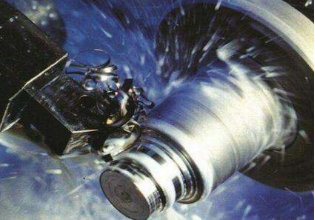
(ii) Tool wear aspects
The effect of cold work hardening on tool wear is extremely critical.The increased hardness of the workpiece material after work hardening causes the cutting edge of the tool to be subjected to higher pressure and friction during the cutting process.In the contact area between the tool and the workpiece, there is a strong interaction between the microscopic peaks on the tool surface and the hardened surface of the workpiece.
For HSS tools, which have a relatively low hardness, the wear rate of the back face is significantly accelerated when cutting and machining heavily hardened materials.This is because there is a large friction between the back face and the machined surface of the workpiece, and the high hardness of the hardened material exacerbates this friction, leading to gradual wear of the tool material.As for carbide tools, although their hardness is high, they also face the risk of cutting edge chipping and breakage when cutting and machining hardened materials.Due to the increase in cutting force and the inhomogeneity of the workpiece material (the hardened layer has a large difference in hardness with the base material), the tool is subjected to alternating stress during the cutting process, and it is easy to produce small cracks at the cutting edge, and these cracks continue to expand during the subsequent cutting process, which ultimately leads to the breakage of the tool.For example, when milling hardened steel, the cutting edge of the carbide tool may be chipped in a short period of time, which seriously affects the service life of the tool and processing quality.
(iii) Surface quality
Cold work hardening phenomenon has a profound impact on the surface quality of the workpiece cutting process in various aspects.In the cutting process, due to the presence of workpiece surface hardening layer, when the tool completes the cutting action, the hardened layer of the machined surface will be in an unstable stress state.This unstable state can easily lead to small cracks in the hardened layer.These cracks will not only reduce the quality of the surface of the workpiece, so that the surface roughness increases, but also significantly reduce the fatigue strength of the workpiece.
From a microscopic point of view, the inhomogeneity of the work-hardened layer is another important factor leading to the degradation of surface quality.During the cutting process, the degree of work hardening on the surface of the workpiece will vary due to fluctuations in cutting parameters, uneven tool wear, and other reasons.This non-uniformity in the degree of hardening can lead to the appearance of undulations on the surface of the workpiece on a microscopic scale, resulting in an increase in surface roughness.For example, in grinding processing, if the grinding parameters are not properly selected, the surface of the workpiece may appear burns and grinding cracks and other defects, which are closely related to the cold work hardening, seriously affecting the dimensional accuracy of the workpiece, the appearance of the quality and service life.
(D) cutting temperature
The increase in cutting force and tool wear is the main reason for the increase in cutting temperature due to cold work hardening.When cutting and machining hardened materials, the energy consumed in the cutting process increases dramatically as the tool needs to overcome greater resistance to remove the material.According to the law of conservation of energy, most of this extra energy consumed is converted into heat, which results in a significant increase in cutting temperature.
Higher cutting temperatures have a number of adverse effects on cutting processes.Firstly, high temperatures accelerate tool wear.For cutting tool materials, high temperatures reduce their hardness and strength, making them more susceptible to wear.For example, when cutting high-temperature alloys, the performance of the tool material decreases rapidly due to the extremely high cutting temperature, resulting in increased tool wear.Secondly, the increase in cutting temperature may cause thermal deformation of the workpiece.Especially for some precision machining, thermal deformation can seriously affect the dimensional accuracy of the workpiece.For example, when turning slender shafts, if the cutting temperature is not properly controlled, the shaft parts may be bent and deformed due to thermal expansion and contraction, resulting in machining accuracy that fails to meet the requirements.In addition, the high temperature may also affect the metallographic organization of the workpiece and change the mechanical properties of the workpiece, further affecting the machining quality and the use of the workpiece.
Fourth, the conclusion
Cold work hardening, as an important phenomenon in the process of plastic deformation of metal materials at room temperature, plays an extremely critical role in cutting.It has a complex and profound effect on cutting force, tool wear, surface quality and cutting temperature through, which is directly related to the efficiency, quality and cost of cutting processing.In the design and implementation of metal cutting machining process, it is necessary to give full consideration to the impact of cold work hardening, reasonable selection of cutting tool materials, optimise cutting parameters, in order to minimise the adverse effects of cold work hardening, improve the overall level of metal cutting machining, to meet the modern manufacturing industry on the strict requirements of high-precision, high-efficiency and high-performance machining.
